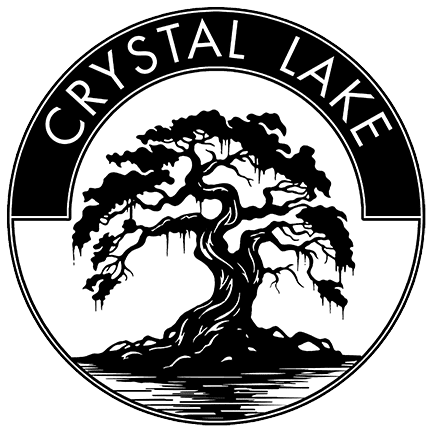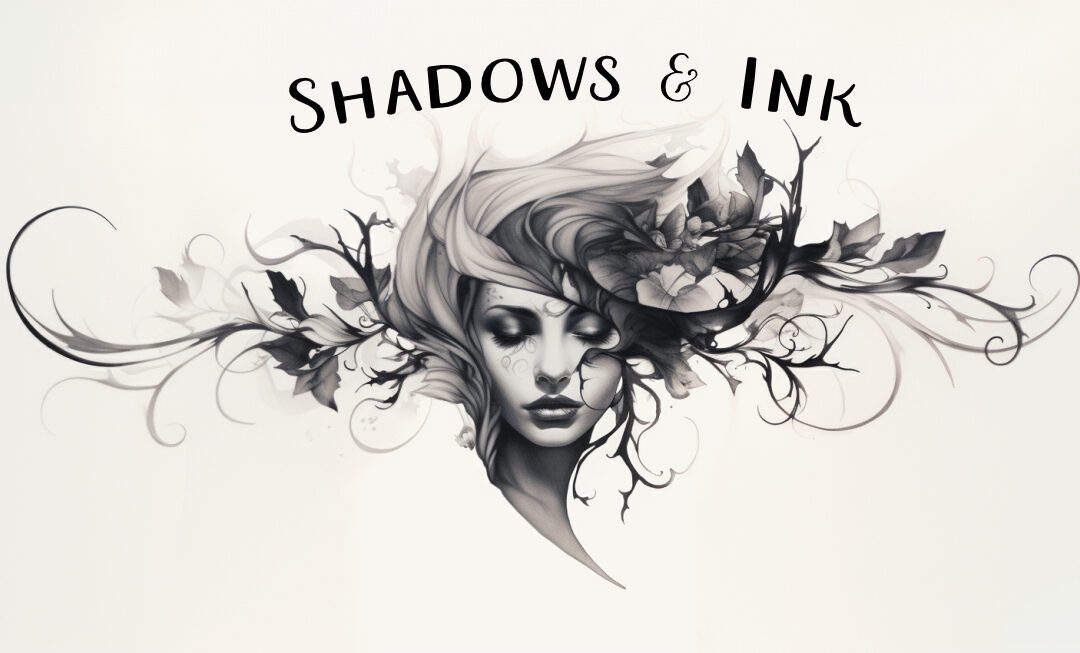In the realm of horror fiction, the power of a well-crafted description can’t be overstated. It’s the brush with which writers paint scenes of dread and suspense, transforming mere words into vivid landscapes of fear. Whether you’re a budding horror writer or a seasoned scribe of the macabre, mastering the art of description is crucial to ensnaring your readers in the web of your narrative. Let’s delve into the dark art of writing descriptions in horror fiction.
The Essence of Horror Descriptions
Horror stories come alive in the reader’s imagination, and it’s your descriptions that light that spark. It’s not about just telling what’s happening. It’s about showing it in a way that gets under the skin of your readers. Let’s make this more relatable with a quick example.
Think of a classic spooky setting: an old, abandoned house. Instead of just saying, “The house was old and empty,” let’s create a picture:
She approached the crumbling mansion. Its windows gazed down like hollow eyes, a silent witness to forgotten nightmares. The heavy air lingered with the scent of mold and decay, a palpable reminder of the rot that lay within. Each step toward the looming doorway, overgrown with ivy, felt like a descent into another world—a world where the past whispered through the peeling wallpaper and the stillness was a breath held in fear. The house, with its asymmetrical towers and jagged silhouette against the twilight sky, was like a grotesque caricature of a home. It was a place where laughter had turned to screams…and warmth to an unending chill.
Here, the house isn’t just a background, it’s part of the story. You’re not just reading about a character walking to a house. You’re walking with them, feeling the mystery and unease.
In horror writing, your words build the world. They create the shadows and stir the unseen. It’s about finding the perfect blend of detail and emotion to draw your readers into a world where fear feels real.
1. Sensory Immersion
Remember, every setting is an opportunity to engage the reader’s senses. Don’t just focus on what your characters see. What do they hear? The creaking of a door, the whispers in the darkness? What do they smell? The musty scent of decay, the sharp tang of fear? By involving all senses, you create a three-dimensional world that’s palpably real and terrifying.
2. The Art of Subtlety
Horror often lurks in the subtle details. A shadow that seems to move just out of the corner of the eye, or a familiar object that’s just slightly out of place. These nuances can be more unsettling than overt displays of horror. It’s the suggestion, the possibility of something more, that often amplifies fear.
3. Creating Atmosphere
Atmosphere is the soul of horror. Your descriptions should weave an undercurrent of tension and unease. Use your setting to reflect the mood of the scene. Is the room claustrophobic, the walls seeming to close in? Is the forest alive, its trees whispering secrets in the wind? Let the environment be an active participant in your story.
4. Contrast and Juxtaposition
Contrast is a powerful tool. Juxtapose the mundane with the bizarre to unsettle your reader. A cheerful, sunny day can suddenly become sinister with the right touch of horror. This dissonance creates a sense of wrongness, a feeling that something is amiss.
5. Symbolism and Imagery
Use symbolism to add depth to your descriptions. Objects, colors, and weather can all take on symbolic meaning, contributing to the story’s themes. A storm brewing on the horizon, a clock that stops ticking at midnight—these elements can be harbingers of doom, adding layers to your narrative.
6. Character Reactions
How your characters react to their environment can amplify the horror. The fear in a character’s eyes, the hesitation before entering a room, the quickened breath as they confront something unseen—these reactions can be more telling than any description of the horror itself.
Final Thoughts
Writing descriptions in horror fiction is a dance with the unknown, a play of light and shadow. It requires a balance of vivid imagery and the power of suggestion to create an atmosphere that ensnares and horrifies. Remember, the most terrifying monsters are often those that lurk in the dark corners of our imagination, summoned forth by the power of your words.
As you continue your journey into the heart of darkness, let your descriptions be the guide that leads your readers into the depths of fear. Happy writing, and may your tales always send a shiver down the spine.


